Imagine slicing through a ripe tomato with ease, the blade gliding like a hot knife through butter. Or dicing onions without a single tear because the cuts are so precise. That’s the magic of a great kitchen knife set—it transforms cooking from a chore into a joy. For home chefs, a quality knife set isn’t just a tool; it’s a game-changer. But with so many options out there, how do you pick the right one? In this guide, we’ll break down the best kitchen knife sets for 2025, analyze their features, and help you find the perfect sharp picks for your culinary adventures.
Why a Good Knife Set Matters
A knife set is the backbone of any kitchen. Whether you’re a beginner tossing together salads or a seasoned home chef roasting whole chickens, your knives are your most trusted allies. A good set doesn’t just cut—it elevates your entire cooking experience. Why? Because sharp, well-balanced knives make prep work faster, safer, and downright fun.
Safety First: The Danger of Dull Blades
Ever tried wrestling with a dull knife? It’s like trying to saw through wood with a butter knife. Dull blades slip, requiring more force, which increases the chance of cutting yourself. A sharp knife, on the other hand, offers control, slicing cleanly through ingredients without the blade wandering off course. Studies show that dull knives cause more kitchen accidents than sharp ones, so investing in a quality set is a safety must.

Efficiency in Prep Work
Time is precious, especially when you’re juggling a busy schedule. A sharp knife set speeds up chopping, dicing, and slicing, turning a 20-minute prep session into a 10-minute breeze. Picture this: a chef’s knife that rocks smoothly through carrots or a paring knife that peels apples with precision. The right tools make every cut effortless, letting you focus on the fun part—creating delicious meals.
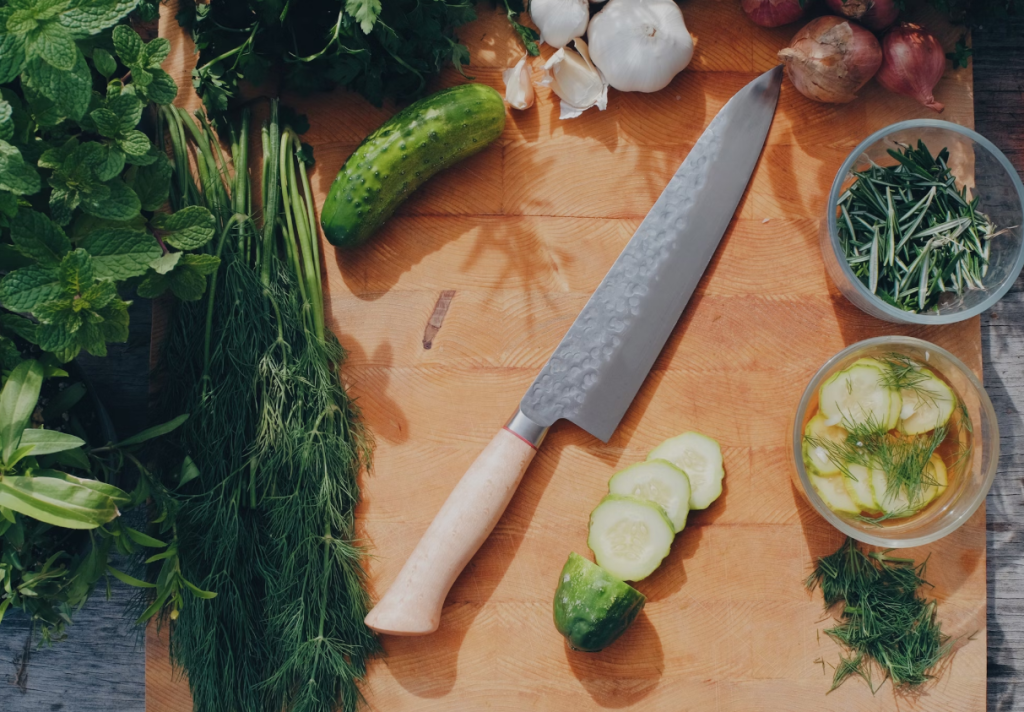
Key Features to Look for in a Knife Set
Not all knife sets are created equal. To find one that’s worth your money, you need to know what to look for. From blade material to handle design, here are the must-have features that separate the best from the rest.
Blade Material: Stainless Steel vs. Carbon Steel
The heart of any knife is its blade. Most sets use stainless steel for its durability and rust resistance, making it ideal for busy home kitchens. Carbon steel, while sharper and favored by pros, requires more maintenance to prevent rust. For most home chefs, stainless steel strikes the perfect balance—sharp enough for precision but low-maintenance enough for daily use.

Handle Ergonomics and Grip
Ever held a knife that felt like it was fighting you? A good handle should feel like an extension of your hand. Look for ergonomic designs with non-slip materials like pakkawood or thermoplastic. Triple-riveted handles, like those on Wüsthof sets, add durability and balance, ensuring comfort during long prep sessions.

Storage Solutions: Blocks, Strips, or Sheaths
How you store your knives matters as much as the knives themselves. A wooden block looks sleek on your counter but takes up space. Magnetic strips save room and keep blades visible, while sheaths are great for drawer storage. Choose a set with a storage solution that fits your kitchen’s size and style.

Top Knife Sets for Home Chefs in 2025
After researching dozens of sets and consulting expert reviews, we’ve narrowed down the top five knife sets for home chefs. Each excels in sharpness, balance, and value, catering to different needs and budgets.
Best Overall: Wüsthof Classic 7-Piece Slim Knife Block Set
Wüsthof is a name synonymous with quality, and the Classic 7-Piece Slim Knife Block Set lives up to the hype. This German-made set includes an 8-inch chef’s knife, 8-inch bread knife, 3.5-inch paring knife, 5-inch santoku, and more, all housed in a compact acacia block. The full-tang, high-carbon stainless steel blades are razor-sharp out of the box, gliding through tomatoes and dense veggies with ease. Testers praise the ergonomic handles for comfort, and the set’s versatility makes it ideal for most home cooks. At around $400, it’s an investment, but its durability ensures years of use.


Best Japanese-Style: Shun Classic 3-Piece Starter Set
For those who crave precision, the Shun Classic 3-Piece Starter Set is a dream. This Japanese-style set includes an 8-inch chef’s knife, 3.5-inch paring knife, and 6-inch utility knife, all crafted from VG-MAX steel with 34 layers of Damascus cladding. The result? Blades so sharp they slice paper-thin cuts effortlessly. The D-shaped pakkawood handles are lightweight and comfortable, though the high price (around $350) reflects the craftsmanship. Perfect for delicate tasks like sushi prep, this set is a favorite among pros and home chefs alike.


Best Budget: Victorinox Swiss Classic 4-Piece Knife Set
You don’t need to break the bank for quality. The Victorinox Swiss Classic 4-Piece Knife Set, priced around $100, delivers impressive performance. It includes an 8-inch chef’s knife, 6-inch utility knife, 4-inch paring knife, and serrated bread knife. The stainless steel blades are sharp enough to tackle butternut squash, and the plastic handles are surprisingly ergonomic. While not as flashy as premium sets, its value and reliability make it a go-to for budget-conscious cooks.


Best for Minimalists: Misen Essentials Knife Set
Small kitchen? No problem. The Misen Essentials Knife Set keeps it simple with three knives: an 8-inch chef’s knife, 3.5-inch paring knife, and 8-inch serrated bread knife. Priced at about $150, this set uses cryogenically tempered Japanese steel for durability and sharpness. Testers love the balanced feel and vibrant handle colors, which add a pop to any kitchen. Without a bulky block, it’s perfect for minimalist cooks who want quality without clutter.


Best High-End: Miyabi Artisan 7-Piece Knife Block Set
If luxury is your style, the Miyabi Artisan 7-Piece Knife Block Set is a showstopper. Priced at around $800, this Japanese set features SG2 micro-carbide steel blades with a hammered finish, delivering unmatched sharpness and beauty. The set includes a chef’s knife, santoku, paring knife, bread knife, and more, all with pakkawood handles for a secure grip. Testers rave about its performance on delicate tasks like slicing fish, though its price makes it a splurge for serious cooks.

German vs. Japanese Knives: Which Is Right for You?
Choosing between German and Japanese knives is like picking between a sturdy SUV and a sleek sports car. Each has its strengths, and your cooking style will dictate the best fit.
German Knives: Hefty and Versatile
German knives, like those from Wüsthof or Zwilling, are the workhorses of the kitchen. Their thicker, heavier blades are built for tough tasks like chopping root vegetables or breaking down chicken. The curved edge allows for a rocking motion, making them versatile for all-purpose prep. If you want durability and heft, German knives are your pick.

Japanese Knives: Precision and Lightweight
Japanese knives, such as Shun or Miyabi, are the precision artists. Their thinner, lighter blades are sharpened to a finer edge, ideal for delicate slicing or intricate cuts. They excel in tasks like filleting fish or dicing herbs but can chip if mishandled. If you prioritize sharpness and finesse, go Japanese.

How to Maintain Your Knife Set
A great knife set is an investment, and proper care keeps it performing like new. Here’s how to ensure your blades stay sharp and ready for action.
Sharpening vs. Honing: What’s the Difference?
Honing realigns a blade’s edge using a steel rod, while sharpening removes material to create a new edge, typically with a whetstone. Hone weekly to maintain sharpness, and sharpen every 6-12 months, depending on use. Invest in a quality honing steel or whetstone for best results.

Proper Cleaning and Storage
Never toss your knives in the dishwasher—it dulls blades and damages handles. Hand-wash with mild soap, dry immediately, and store in a block, on a magnetic strip, or in sheaths to protect the edges. Proper care extends your set’s lifespan significantly.

Common Mistakes to Avoid When Buying a Knife Set
Don’t fall for flashy sets with 20 knives you’ll never use. Avoid cheap sets with flimsy blades or uncomfortable handles. And don’t ignore storage—loose knives in a drawer are a recipe for dull edges and accidents. Focus on quality, not quantity, and choose a set that fits your cooking style.
Conclusion
A great kitchen knife set is more than a purchase—it’s a partner in your culinary journey. Whether you’re drawn to the robust versatility of the Wüsthof Classic, the precision of the Shun Classic, or the budget-friendly Victorinox, there’s a set for every home chef. Consider your cooking habits, kitchen space, and budget, then invest in a set that feels right in your hand. With the right knives, every slice, dice, and chop becomes a step toward tastier meals and happier cooking. Ready to upgrade your kitchen game? Pick your sharp set and start slicing!
FAQs
- How many knives do I really need in a set?
Most home chefs can get by with three essentials: a chef’s knife for all-purpose chopping, a paring knife for precise tasks, and a serrated bread knife for crusty loaves. Larger sets are great if you cook a variety, but quality trumps quantity. - Are Japanese knives better than German knives?
It depends on your needs. Japanese knives are lighter and sharper for delicate tasks, while German knives are heavier and better for tough jobs. Try holding both to see which feels more comfortable. - How often should I sharpen my knives?
For regular home use, sharpen every 6-12 months. Hone weekly with a steel to keep the edge aligned. If you cook daily or prep tough ingredients, you may need to sharpen more often. - Can I store my knives in a drawer?
Only if they’re in protective sheaths. Loose knives in a drawer can dull or chip. A block or magnetic strip is safer and keeps blades in top shape. - Are expensive knife sets worth it?
If you cook often, yes. Premium sets like Wüsthof or Miyabi offer superior sharpness, balance, and durability, lasting years with proper care. Budget sets work for casual cooks but may need replacing sooner.

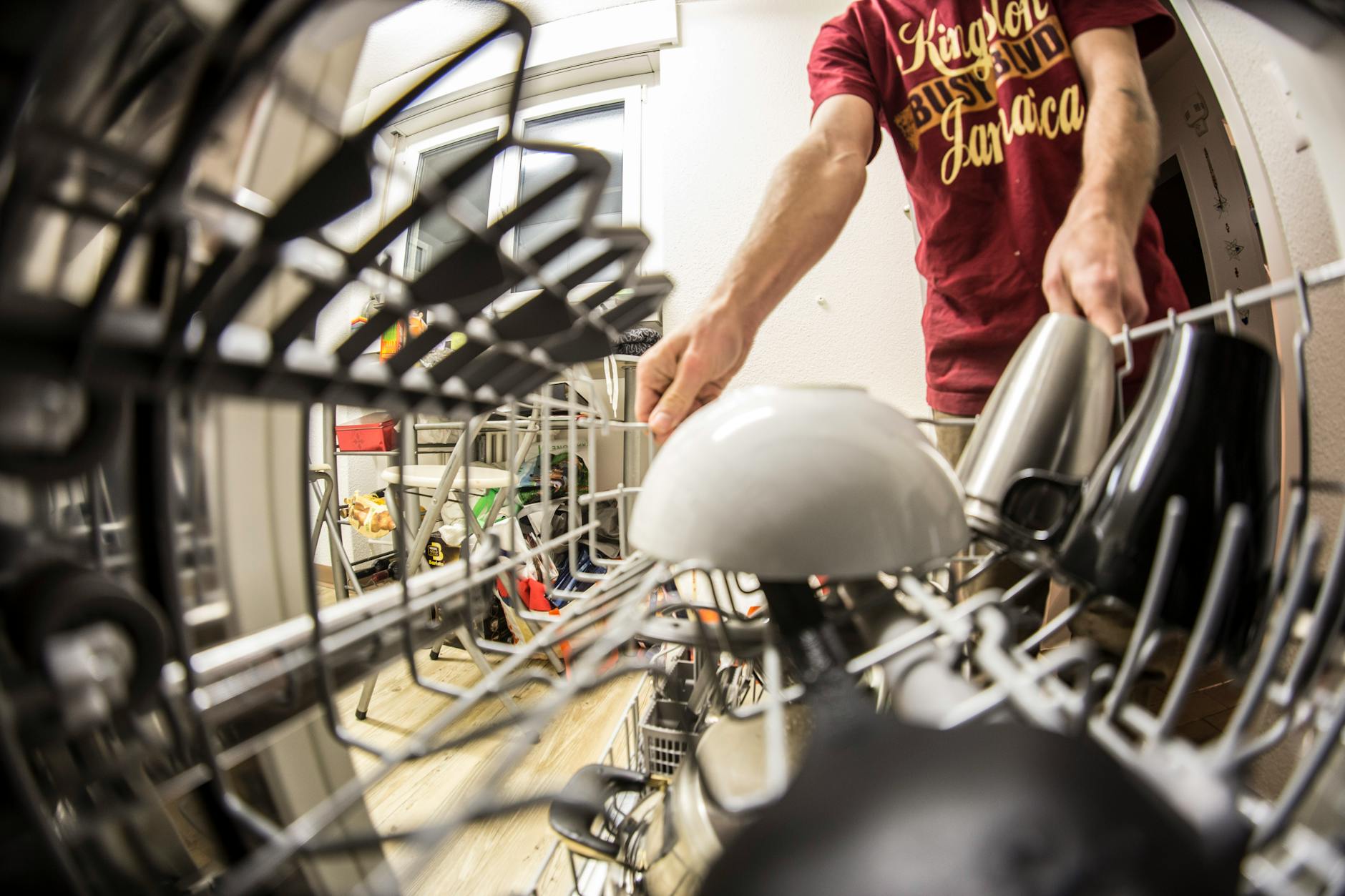
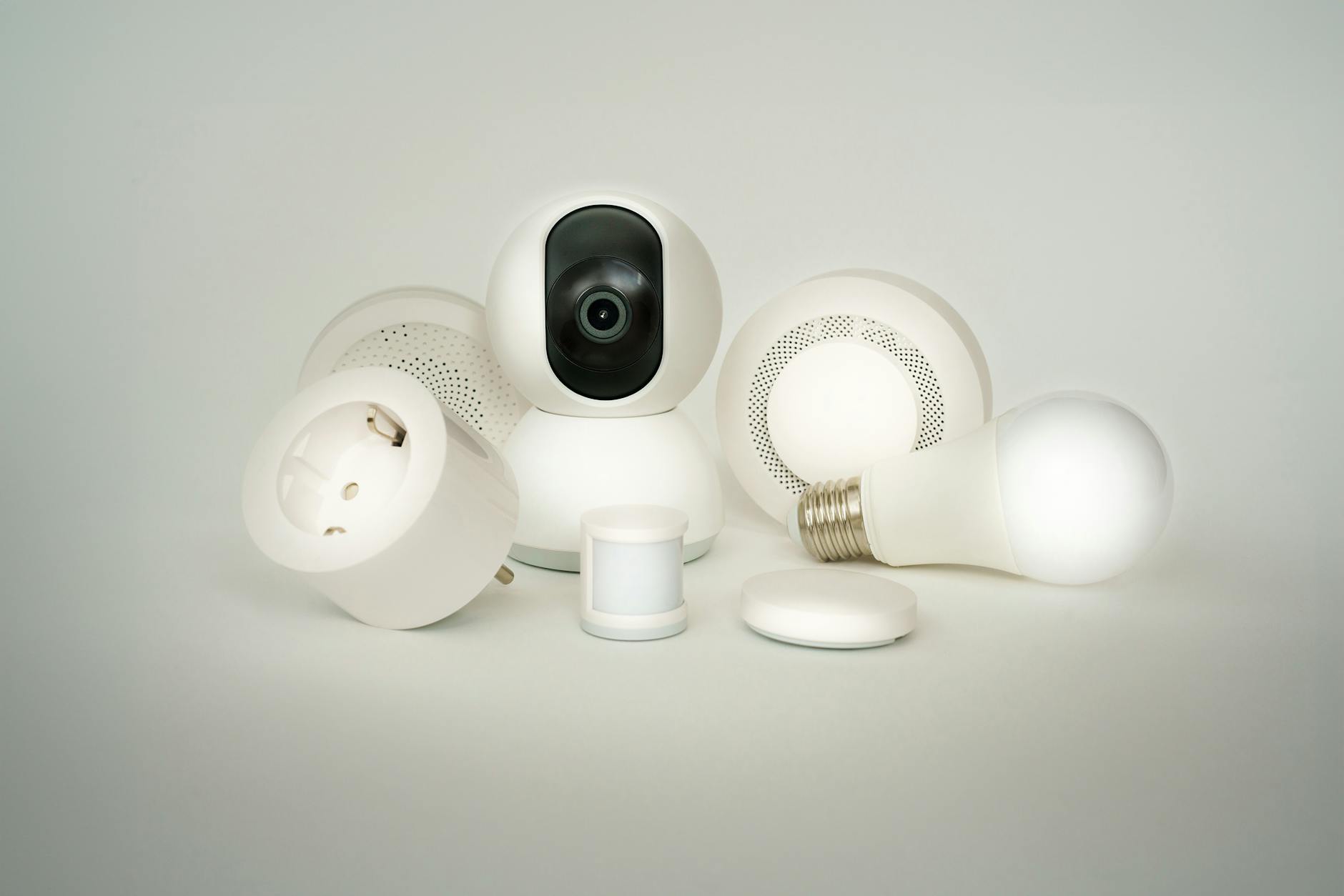

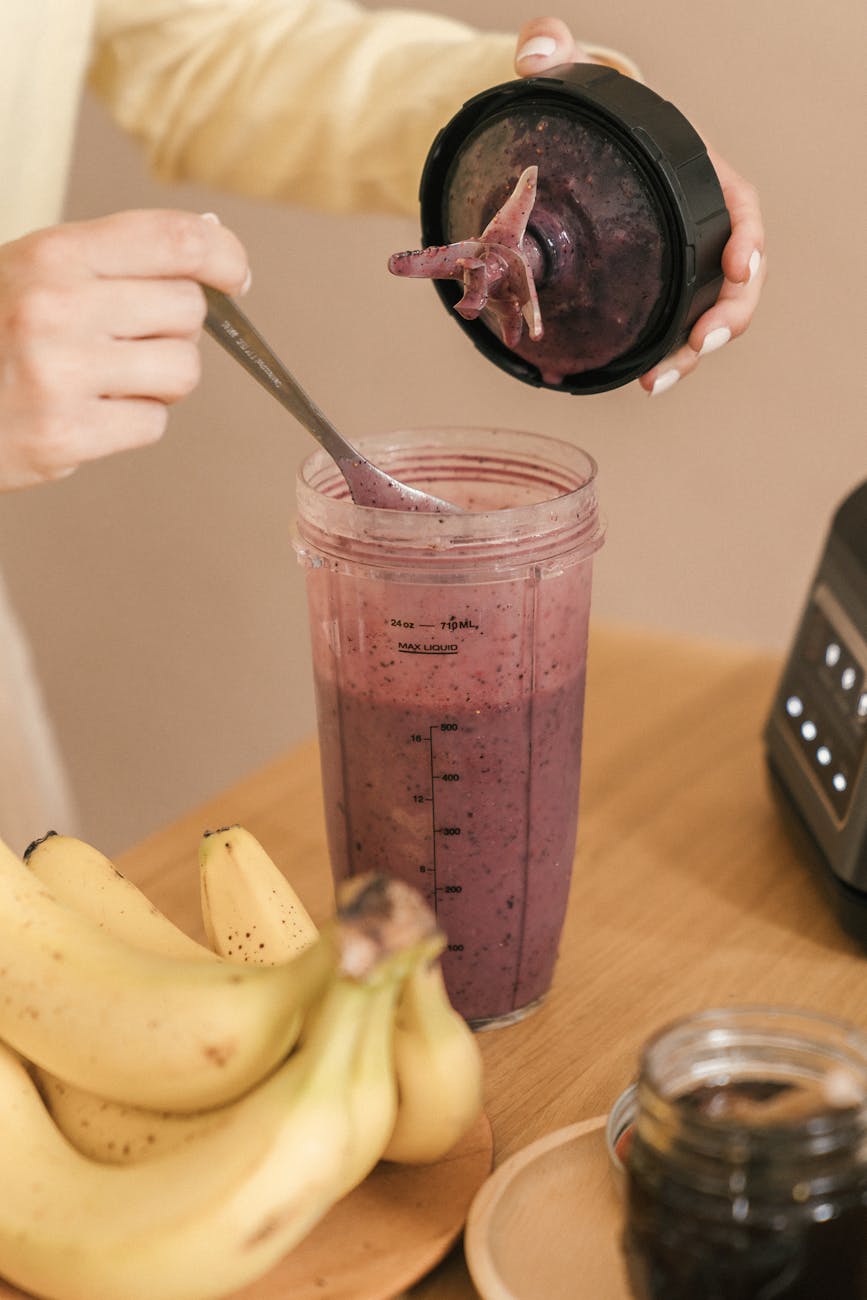

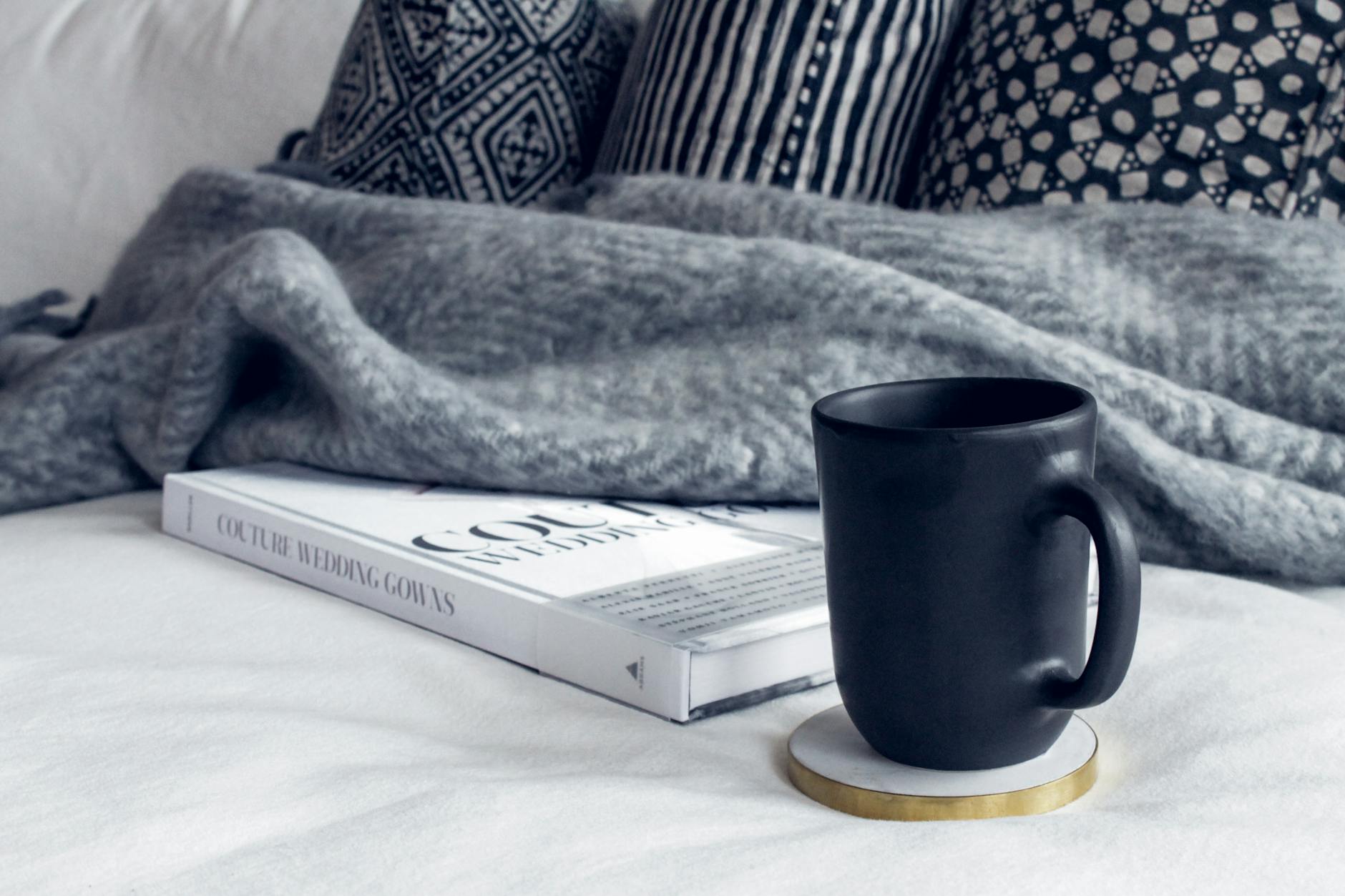








Leave a Reply